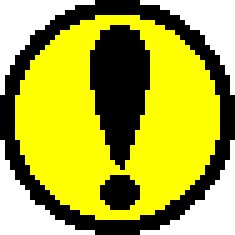■General steps for sound development
1.Start the tool
2. Sound memory mapping
3. Creation of tone bank data
Tone bank data is a collection of four types of data: mixer, voice, layer, and waveform, and constitutes one independent tone (See page 7 of this manual for the structure of tone bank data). The voices correspond to program changes via MIDI, so one bank can have up to 128 voices. Therefore, you can tune up to 128 types of instruments with one tone bank data.
Transfer the tone bank data to the sound simulator target board. At this stage, it will function as a multi-sound source that generates sounds using MIDI input. The key sounding method is DVA (last arrival priority). You can edit the tone, level of each tone, pan, etc., and save multiple tone bank data.
4. Edit waveform
5.DSP effect program link
Note that modulation effects use slots as modulators, so the number of notes produced at the same time is reduced from 1 to 4 notes. Please refer to the DSP linker manual for details.
Modules such as reverb, echo, chorus, etc. are already made into a library, so select the one you need from there and link it. Saturn's sound system allows multiple effects to be used at the same time, but they cannot exceed 128 steps in total. For example, if the echo is 20 steps, the chorus is 22 steps, and the equalizer is 5 steps, these three steps make up 47 steps.
*Step is the number of instructions for each effect.
6.Creating sequence data
7. Converting sequence data
There are two types of sequence data: song data created with a MIDI sequencer, and Saturn format sequence data that is compressed and can be loaded into sound memory. However, the only difference is whether or not it is compressed, and the expanded MIDI data is basically exactly the same.
 | Regarding SE, it is basically the same method as creating a song. In this development system, there is no difference in the production process or setting parameters between music and SE. |
 ★ SOUND Manual ★ Sound development manual
★ SOUND Manual ★ Sound development manual